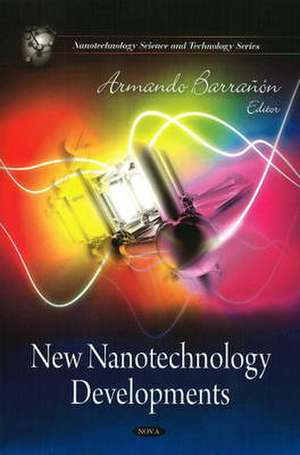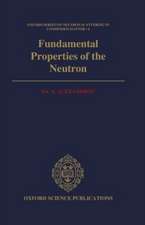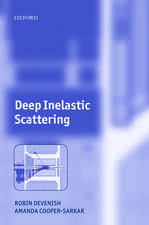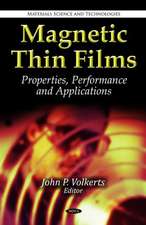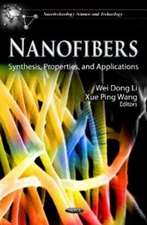New Nanotechnology Developments
Editat de Armando Barranonen Limba Engleză Hardback – 18 aug 2009
Preț: 553.90 lei
Preț vechi: 751.93 lei
-26% Nou
Puncte Express: 831
Preț estimativ în valută:
105.100€ • 110.04$ • 88.39£
105.100€ • 110.04$ • 88.39£
Carte disponibilă
Livrare economică 01-15 martie
Preluare comenzi: 021 569.72.76
Specificații
ISBN-13: 9781607410287
ISBN-10: 1607410281
Pagini: 209
Ilustrații: photos, tables & charts
Dimensiuni: 187 x 267 x 20 mm
Greutate: 0.68 kg
Editura: Nova Science Publishers Inc
ISBN-10: 1607410281
Pagini: 209
Ilustrații: photos, tables & charts
Dimensiuni: 187 x 267 x 20 mm
Greutate: 0.68 kg
Editura: Nova Science Publishers Inc
Cuprins
Foreword; Bidimensional ionic solutions: a molecular dynamics study; Children and Teenagers: Seeds for a Next Generation of Nanoscientists; Presentation of some concepts for the understanding of the nanoworld; Center of Educational Excellence in Nanotechnology: The Proposed World Bank Scientific Millennium Initiatives and Nanotechnogy in Latin America; Elemental identification by X-ray fluorescence using a portable pyro-electric generator and a CdTe detector for an advanced laboratory course; Properties of the Near Field produced by a Circular Nanoaperture using the Bethe Formulation; Teaching nanostructures using the simple infinite potential well model; Synthesis and Characterization of Pt and Pt-Au Nanoparticles for Catalysis and PEM Fuel Cells Applications; Enhanced Adsorption of Heavy Metals by Nanostructured Composites based upon Dendrimer-Functionalized MCM-41; Cognitive Level of Secondary School Students and its Relation to Some Conceptual Aspects of Bernoulli Principle; Pharmaceutical Bionanotechnology: Fundamental Principles; The order parameter of a binary alloy thin film of Cu3Au; Green's Function Tight-Binding Formalism for Line-Shape Description of Virtual Electronic States; Gender and Social Interaction in Mexican Nanotechnology and Nanosciences Research Groups; On the manipulation of a Microscopic Particle by using Optical Tweezers: Flatness based approach; Structural features and catalytic activity of Ce1-x(Lax, Rux)O2/Bi2Mo0.9W0.1O6 nanostructured solid solutions; Study of the Properties of Iron Oxides Nanostructures; Index.
